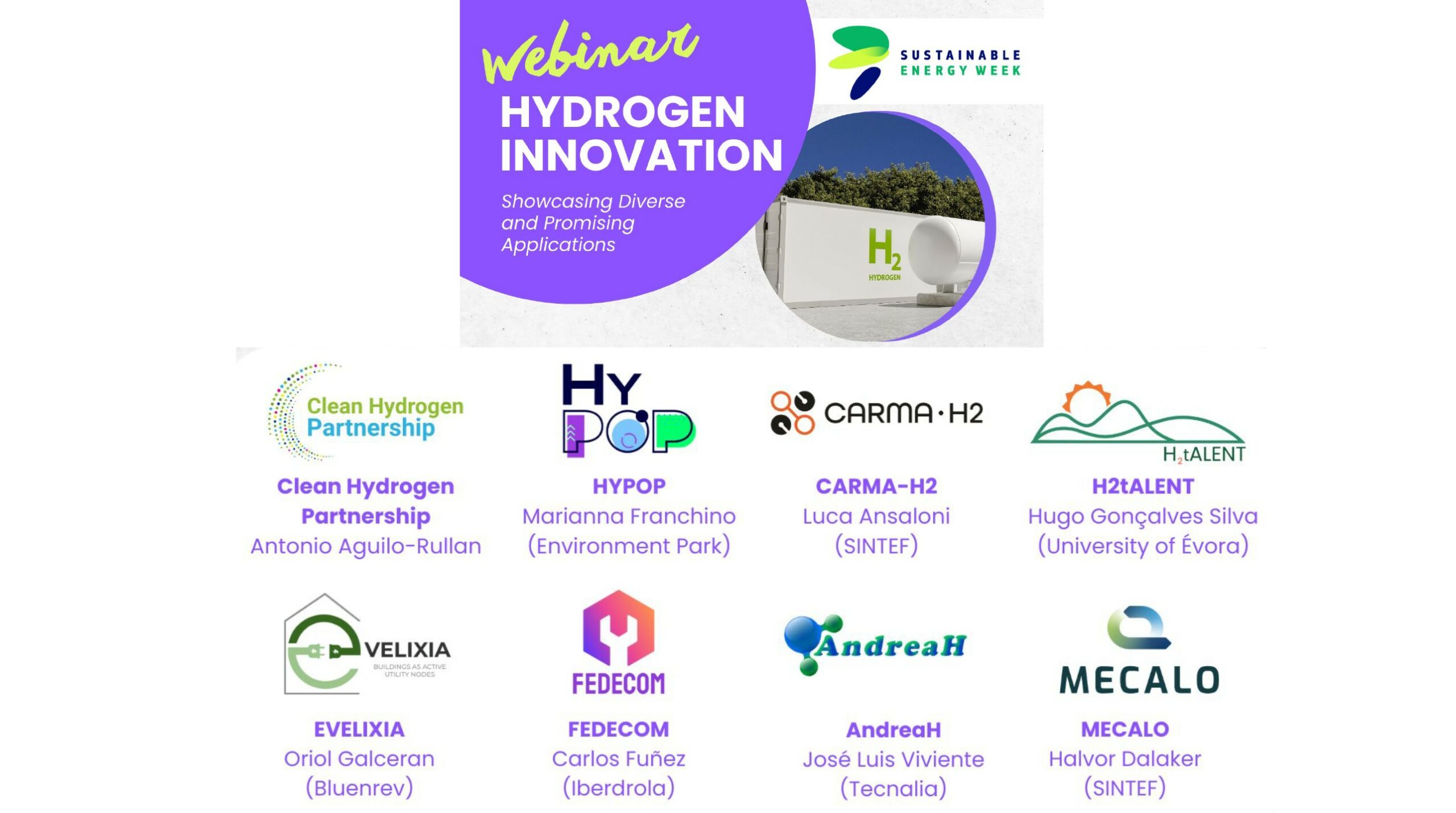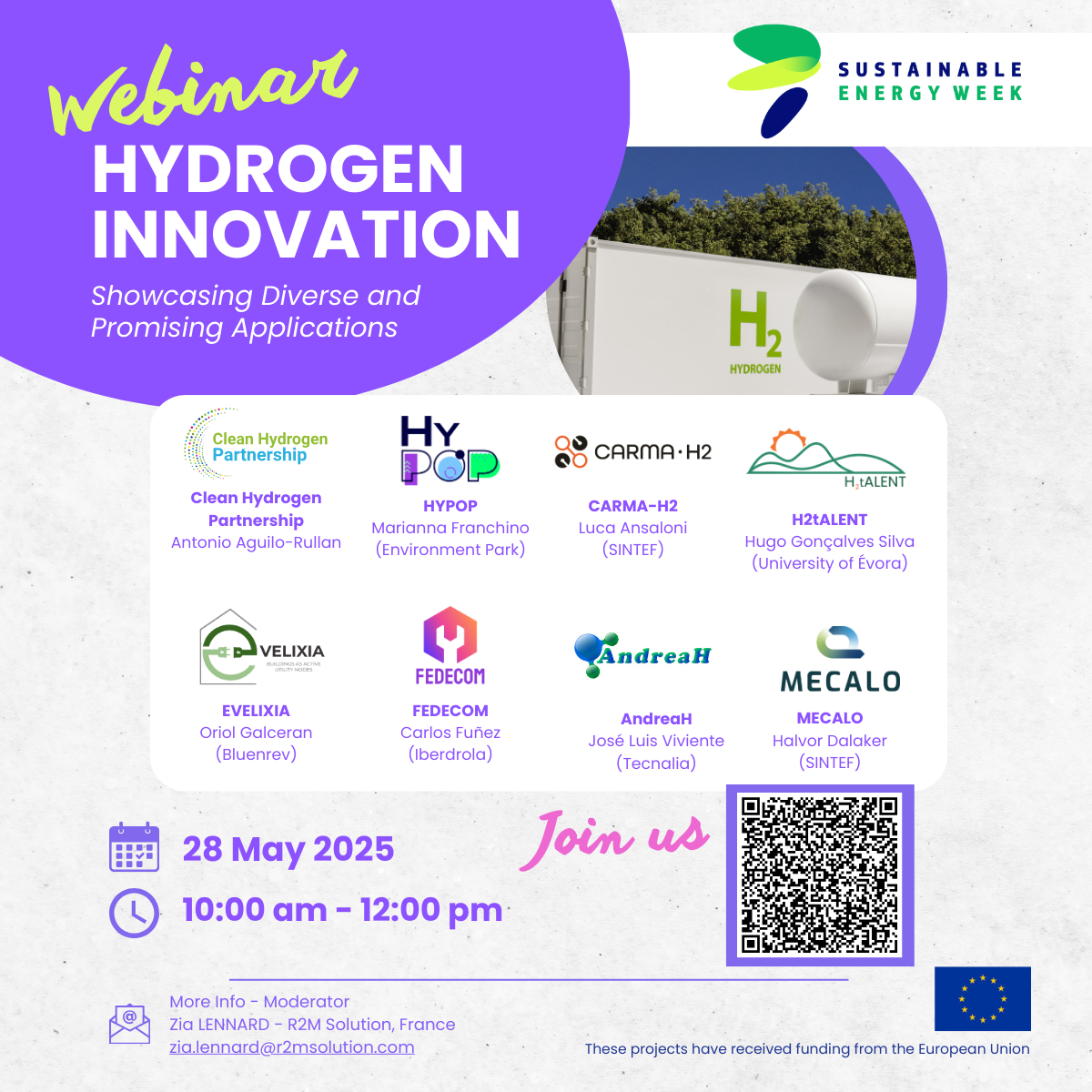The escalating use of fossil fuels has led to significant pollution, resulting in a notable increase in greenhouse gas (GHG) emissions. Consequently, a crucial question emerges: What constitutes the optimal strategy for reducing fossil fuel consumption? Recent studies indicate that, during the first quarter of 2023, the European Union’s economy is poised to witness a substantial reduction of 2.9% in greenhouse gas emissions compared to the same period in the previous year. At the heart of this noteworthy decline is the integration of renewable energy sources (RES) alongside cutting-edge storage systems, which effectively supplant traditional fossil fuel reliance.
Nonetheless, this integration process is not without its challenges, as it introduces a host of complex issues. These encompass various areas, including system design and sizing optimization, cross-vector integration, as well as planning that encompasses both environmental and economic life cycle assessments.
FEDECOM will develop an Energy Management System (EMS) model for conducting long-term environmental and economic life cycle assessments, targeting both community and federation levels. The EMS model is a predictive tool that considers energy generation from renewable sources, storage system capacity, and grid interaction to reduce energy costs and CO2 emissions. In pursuit of the goal to optimize two aspects, the multi-criteria decision analysis (MCDA) method will be employed, encompassing both exact mathematical and approximate optimization techniques. In addition to managing efficient energy consumption and reducing CO2 emissions, MCDA determines the best system configuration and design. It ranks various system designs based on user preferences. With the shared objective of enhancing energy efficiency and reducing CO2 emissions, MCDA aims to identify the optimal system configuration, considering both the amount of renewable assets and storage system capacity.
An essential attribute of the EMS model is its ability to facilitate sector coupling, a concept exemplified through power-to-X (P2X) technologies. These innovative technologies transform electricity generated from renewable sources into alternative energy forms. The ‘X’ in P2X signifies the versatility of applications, encompassing various processes, products, and technologies across multiple fields. Within the EMS model, particular focus is directed toward heating and mobility sectors, involving power-to-heat (P2H) and power-to-mobility (P2M) processes.

In Figure 1 (pch. vector / Freepik) the system’s implementation is shown. It takes its input from renewable energy sources and energy storage capacities, including batteries for electric vehicles. These inputs guide the system in determining the best configuration, including the choice of assets as well as the best sector coupling strategy. The final stage involves generating system outputs, such as energy cost and CO2 reduction, utilizing the MCDA method.
Igor Jovanović, MSc EE & CS
Institute Mihajlo Pupin, University of Belgrade






